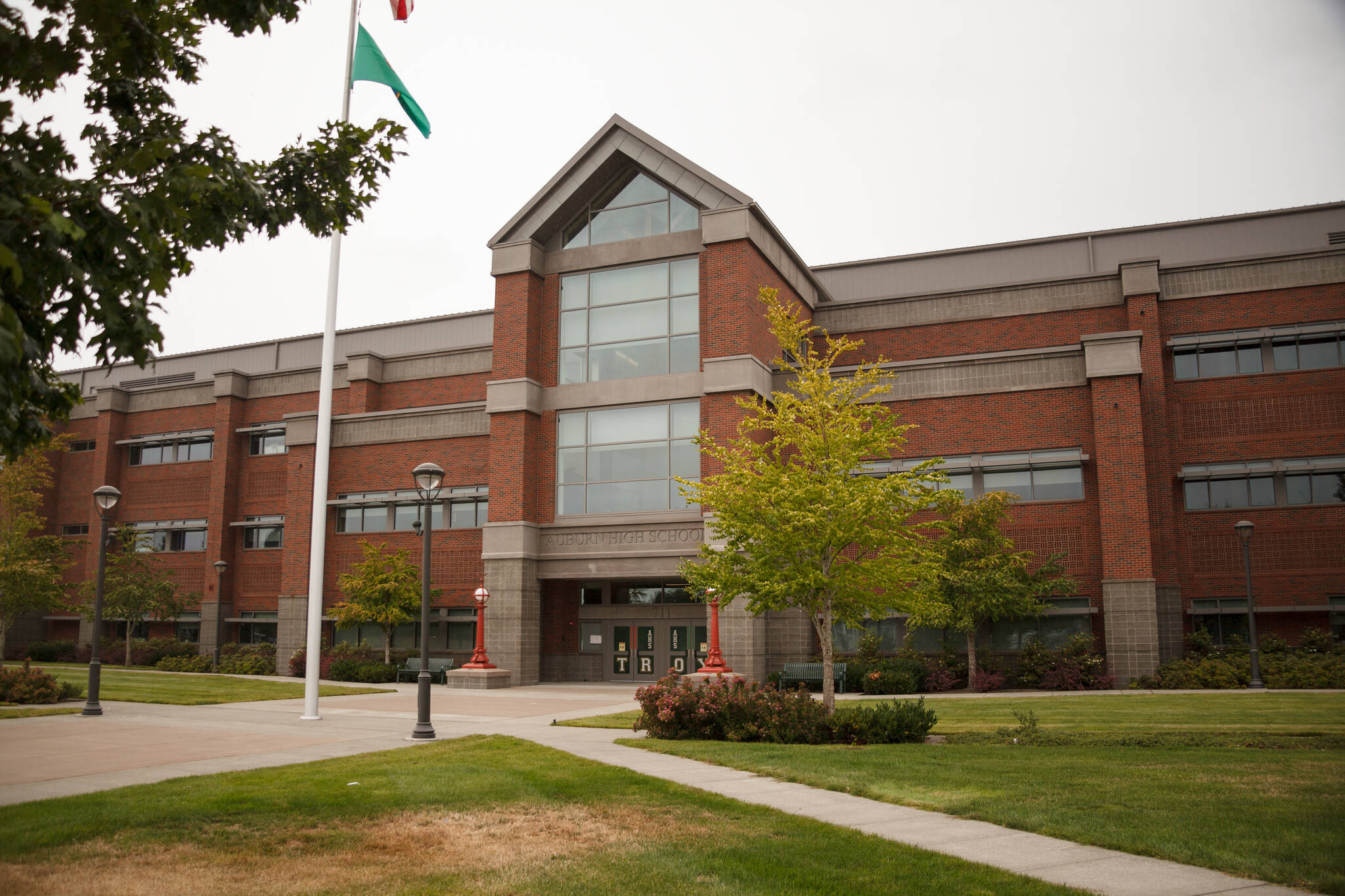When Daman Hunter, assistant superintendent of human resources for the Auburn School District, arrives to work every morning at the Administrative Building on Fourth Street Northeast, he knows what’s waiting for him and for his staff.
That is, scrumming up enough substitute teachers to cover a classroom or to cover one of the district’s classified para-educators.
While the pool of substitutes that all local school districts draw from was low even before the pandemic, Hunter said, COVID-19 has exacerbated the challenge of finding substitutes for those job assignments that require them for billing reasons.
That, too, is a national problem.
“All districts are looking for the same thing, and they’re all in competition with each other for it,” Hunter said.
There are certain days of the week when the district knows a high number of staff members will be out. For instance, on Mondays and Fridays, when, as Auburn School District data show, vacancies are at their highest and the situation reaches, as Hunter said, “a crisis.”
“Therein lies the challenge,” said Hunter. “The days when we have a number of individuals out — we’re talking teachers, we’re talking secretaries and para-educators. Our real challenge in terms of creating a big enough pool is para-educators, so we can cover a lot of the para-educator assignments that become vacant and need a substitute.”
The reasons for absences run the gamut. Among them are sick-related absences, personal leave related absences and professional development related absences, the latter happening when the district pulls teachers from classrooms to train them.
“Right now it’s kind of all hands on deck,” Hunter said.
That means the district is asking everybody to pitch in, and could call upon unusual quarters of its staff to fill in.
Each building, Hunter said, has a coverage plan that first takes into account the particular day and the number of absences, then turns to teachers inside that school to cover the vacancy by foregoing their planning time.
If that doesn’t do it, the district is working on a plan to have central office personnel cover vacancies.
“Those, like myself, who have an actual teaching certificate, we are creating a plan, and we are in that plan to assist in covering classes,” Hunter said. “Depending on one’s certificate and ability to cover a particular class, we will look at the data and ask ourselves, ‘What buildings really have a hard time securing a substitute?’ Once we’ve looked at the data, depending on what our (teaching) area is, we’ll deploy to that building and ask the principal, ‘What support do you need? We can cover a class, we can cover a recess, we can cover secretarial duties, whatever the need is, we can cover it.’”
Hunter himself is a former business education teacher, but all anyone has to have to cover any class is a teaching certificate.
Still, the problem at the forefront of everyone’s mind is how to increase the pool of applicants, he said. Its approach centers on incentives, starting with higher pay.
“We’ve heard applicants say, ‘Why would I do this when I can make just as much at McDonald’s, and it is offering a bonus?’ How do we compete with that or with Lowe’s and Home Depot?”
To date, the school district has:
• Bumped up the daily pay for its certificated substitutes and para-educators. For example, a retired teacher who substitutes and a permanent substitute saw their pay increase from $156 a day to $212 a day, while the regular subs saw their pay increase from $156 to $200. The district tries to have at least one permanent sub in each building, so they are there to fill in on any given day. “We are trying to increase that to two,” Hunter said of the permanent substitutes. “Again, it goes back to filling our pool.”
• Another strategy aimed at staying competitive with surrounding districts is to advertise that the district will provide a bonus for subs who work for an extended period of time.
• Finally, the district is considering easing the requirement that substitutes need to have 4-year degrees, and allow students with 2-year degrees to be substitutes, whom the district will train. “Hopefully, that will add opportunity to increase the applicant pool that we so desperately need. We need individuals in the pool, and quality individuals, because we don’t want to diminish the quality of education our students are receiving,” Hunter said.
When the pandemic is over, will the district go back to the way it was? No.
“We need to be mindful and keep our finger on the pulse of the challenge before COVID, and it is certainly going to continue in terms of getting substitutes,” Hunter said. “But with the things we have in place, like increasing the amount of pay, and looking at the degree requirements that we once had and providing training, we’re going to stick with that course of action as we continue to be proactive in solving the situation, even after COVID,” Hunter said.
Talk to us
Please share your story tips by emailing editor@kentreporter.com.
To share your opinion for publication, submit a letter through our website https://www.kentreporter.com/submit-letter/. Include your name, address and daytime phone number. (We’ll only publish your name and hometown.) Please keep letters to 300 words or less.

